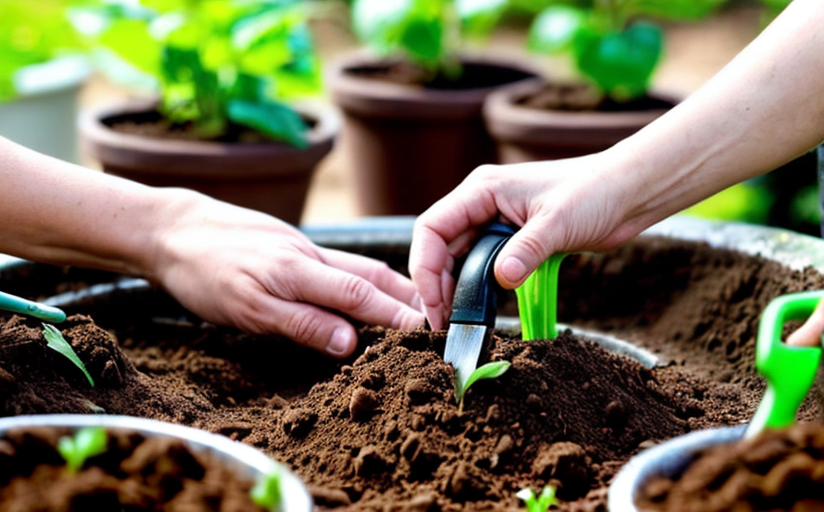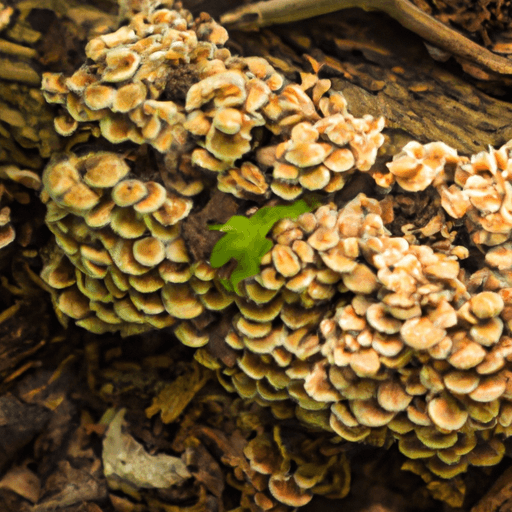Create Your Sustainable Eco-Friendly Garden: A Comprehensive, Step-by-Step Guide
Creating a sustainable, eco-friendly garden is a rewarding experience that allows you to grow your own food, maintain beautiful flora and fauna, and contribute positively to the environment. This guide provides step-by-step instructions to help you establish your own green space while minimizing your environmental footprint.
The Benefits of a Sustainable Garden
Before we start with the practicalities, it's worth understanding why the effort is worthwhile. Sustainable gardening helps combat climate change by absorbing carbon dioxide, promotes biodiversity, conserves resources and can also recycle your home waste. It turns your hobby into a profound ecological commitment.
Step 1: Choosing the Right Plants
Choose native plants as they're best adapted to your climate and thus require less maintenance and water. They're also more likely to attract beneficial bugs and birds which can contribute to natural pest control.
Step 2: Natural Pest Control
Avoid chemical pesticides, instead use alternatives like beneficial insects, or homemade sprays made from natural ingredients such as garlic and soap. Companion planting, where plants that repel pests aregrown next to vulnerable plants, is another effective method for deterring unwanted insects.
Step 3: Eco-friendly Fertilization
For an eco-friendly garden, composting provides an excellent nutrition source for your plants. Not only does composting recycle kitchen and yard waste, but it also improves your soil's health and structure while reducing your need for chemical fertilizers.
Step 4: Water Conservation
Practices such as harvesting rainwater, using drip irrigation systems and mulching significantly reduce water use. Planting in the cooler parts of the day can also prevent water evaporation.
Step 5: Recycling Garden Waste
Grass cuttings, leaves, and other organic waste materials can be recycled back into your garden in the form of compost and mulch, providing nutrients to your plants and improving the soil's fertility.
Conclusion
Transitioning to sustainable gardening practices is not only beneficial to the environment but also to you and your family. It contributes to a healthy lifestyle, produces nutritious, chemical-free food, and creates a peaceful retreat in your backyard. By following these steps, you can create your own sustainable and eco-friendly garden and do your part to combat climate change.
Become a responsible gardener, because little steps matter, as they pave the path to a greater journey.

















Comments
Leave a Comment